Sprouting legumes is the easiest way to appreciate that they are in fact dormant seeds ready to burst into life. All it takes is a little care and attention and each legume is underway to essentially grow into its own plant. But sprouting has more benefits than a general appreciation for nature. It makes legumes more digestible and even more nutritious since the germination increases the bioavailability of B vitamins, iron and zinc.
Although it’s a pretty straightforward process, there are a few things you need to keep in mind.
Which Legumes can you use?
As long as you use whole, dried legumes that haven’t been heat-treated, you can theoretically sprout any legume. However, it’s crucial to know which ones you can eat raw, since some of them could be harmful (read on below).
Also make sure to avoid any split legumes or ones with their skin removed, like red lentils, since they will most likely not germinate.
IMPORTANT: Can you eat sprouted legumes raw?
Raw legumes contain toxins like lectins as a natural defence mechanism against predators. For some legumes like lentils and mung beans, the germination during sprouting neutralises the phytic acids and makes them safe to consume raw. For larger legumes, like chickpeas, it’s recommended to still boil them until tender before eating. Some legumes, like red kidney beans contain an additional toxin called phytohaemagglutinin and, once sprouted, are not safe to be consumed raw.
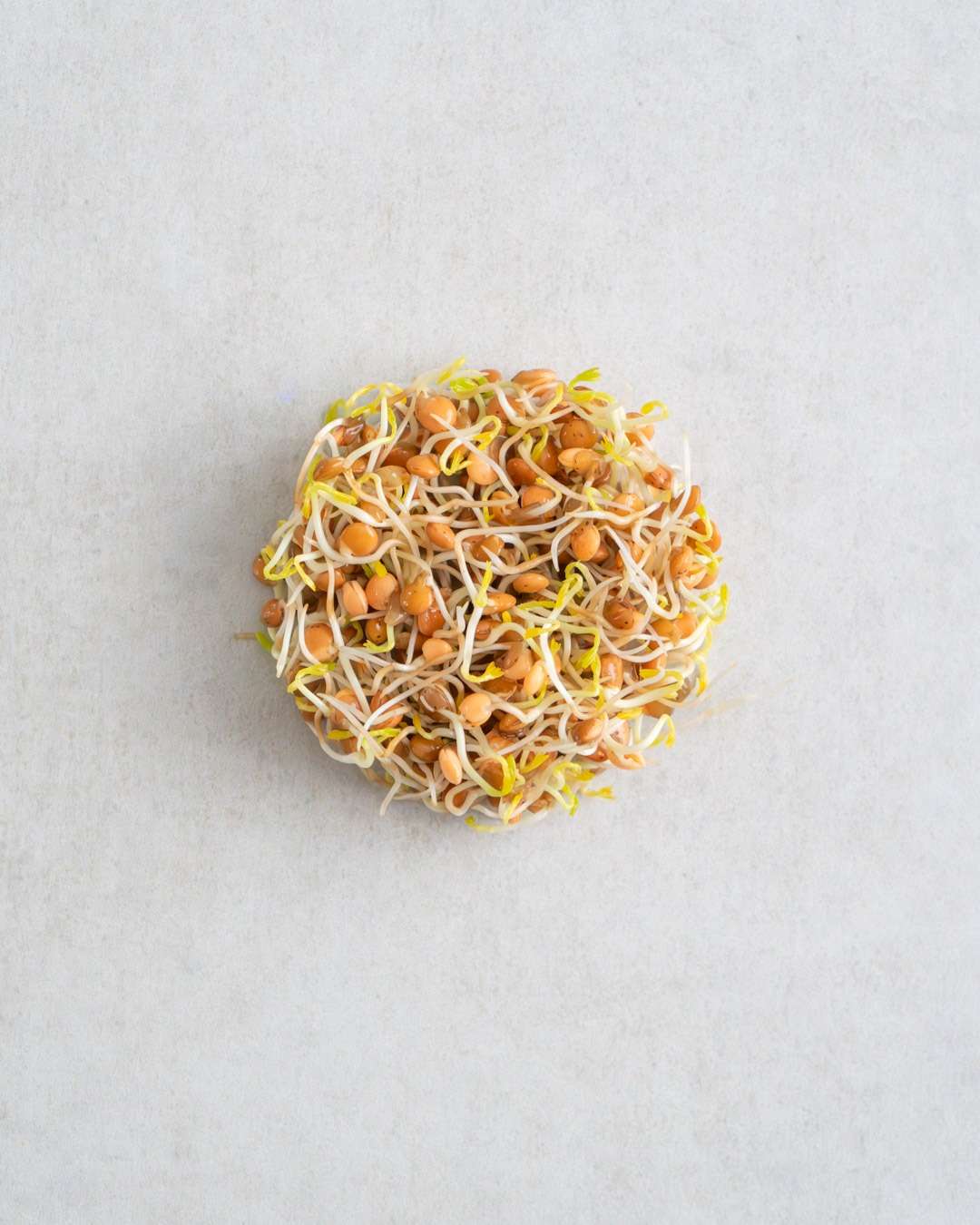
Sprouted Brown Lentils
Benefits of Legumes
Incorporating legumes into our diet brings with it a number of environmental and health benefits:
Environmental Benefits
-
Nitrogen Fixation: Legumes have a unique ability to form symbiotic relationships with nitrogen-fixing bacteria in their root nodules. This process allows them to convert atmospheric nitrogen into a form that can be used by plants, which reduces the need for synthetic nitrogen fertilizers and contributes to soil fertility.
-
Soil Health: The growth of legumes enhances soil health by increasing organic matter content and improving soil structure. Their root systems help prevent erosion and promote water retention in the soil.
-
Crop Rotation: Legumes are often used in crop rotation systems due to their nitrogen-fixing properties. Planting legumes in rotation with other crops can reduce the need for chemical fertilizers, benefiting soil health and reducing environmental pollution.
-
Biodiversity: Incorporating legumes in agricultural systems can enhance biodiversity by providing habitat and food sources for beneficial insects and microorganisms. This can contribute to natural pest control and overall ecosystem balance.
-
Water Efficiency: Legumes typically require less water compared to many other crops, making them more resilient in areas prone to water scarcity or drought.
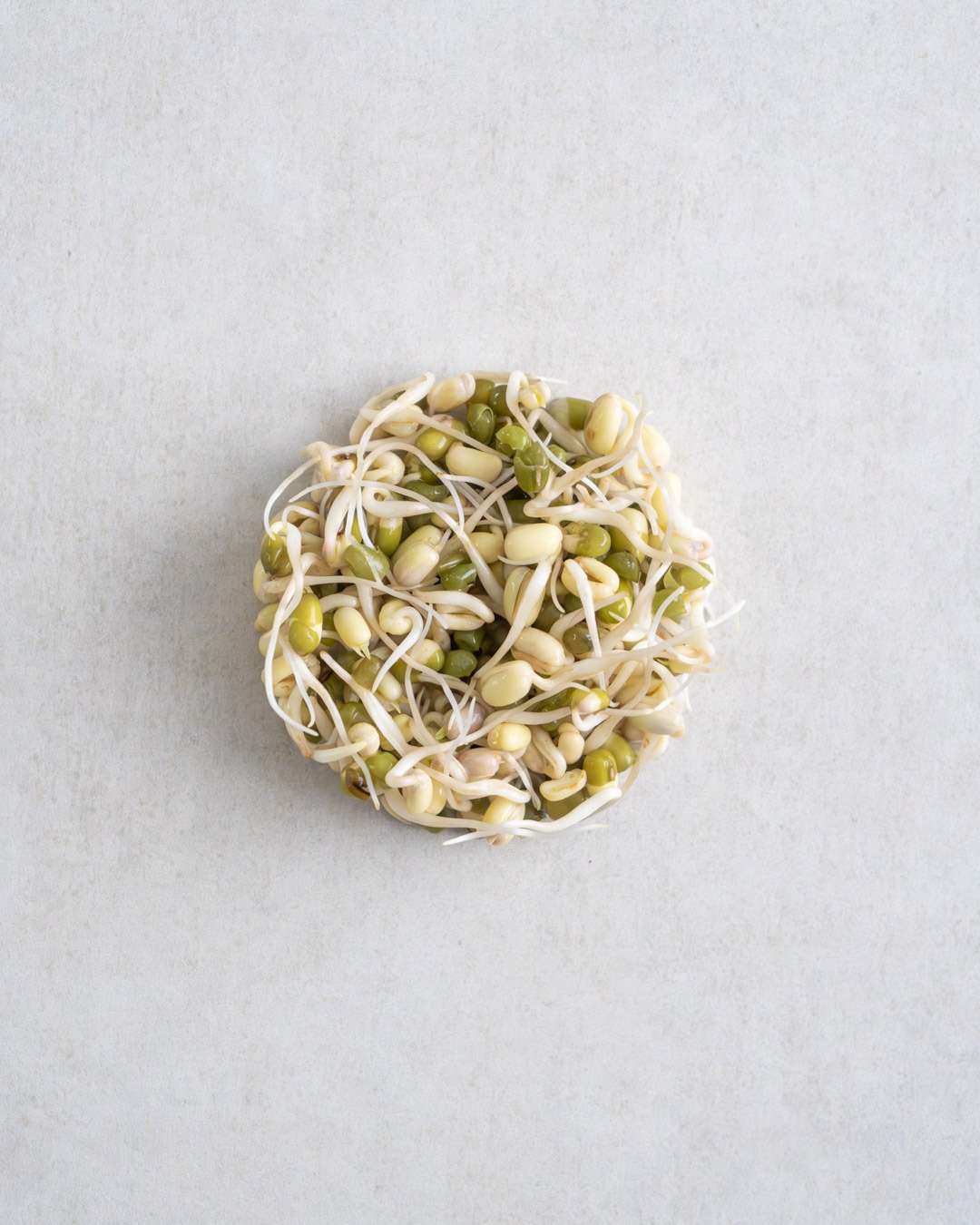
Sprouted Mung Beans
Health Benefits:
-
Nutrient-Rich: Legumes are rich in essential nutrients such as protein, dietary fibre, complex carbohydrates, vitamins (folate, vitamin B6, thiamin), and minerals (iron, potassium, magnesium). Sprouting increases the availability of some of those nutrients.
-
Protein Source: Legumes are an excellent source of protein, especially when on a plant-based diet.
-
Low in Fat: Legumes are generally low in saturated fat and cholesterol. Their consumption can contribute to heart health by helping to lower bad cholesterol levels.
-
Dietary Fibre: The high fibre content of legumes supports digestive health, helps regulate blood sugar levels, and promotes a feeling of fullness that lasts longer throughout the day.
-
Blood Sugar Regulation: The combination of complex carbohydrates and fibre in legumes leads to a slower release of sugars into the bloodstream, which can help stabilise blood sugar levels.
-
Gut Health: Legumes can act as prebiotics, providing nourishment for beneficial gut bacteria.
-
Antioxidants: Some legumes, such as lentils, contain antioxidants that help protect cells from oxidative stress and inflammation.
Storage
You can store sprouted legumes in an airtight container in the fridge for 7 days.
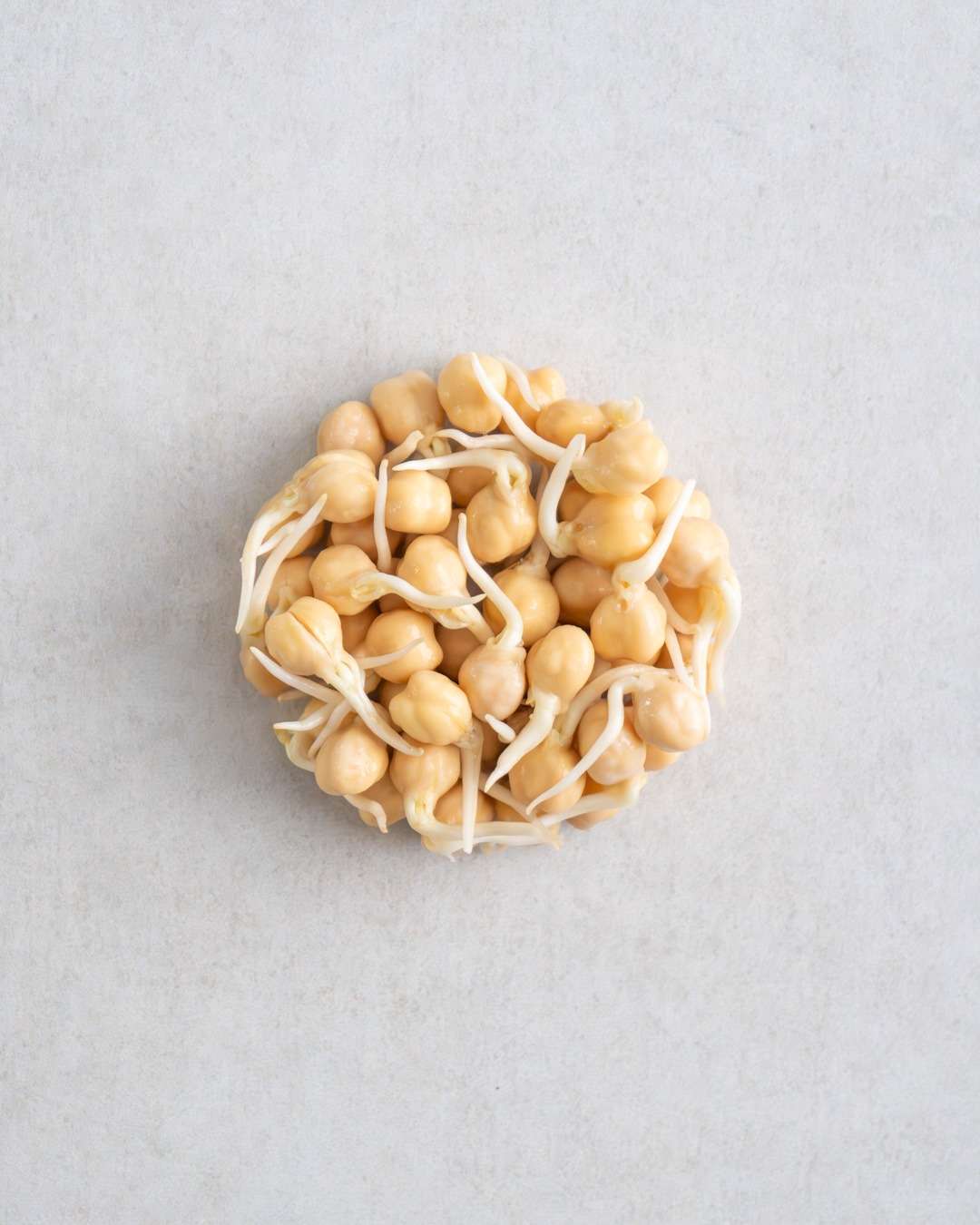
Sprouted Chickpeas
makes 250g sprouts
Ingredients
-
100g dried legumes (see note above for which ones you can use)
Method
- Tip the legumes into a mason jar large enough for them to quadruple (I used a 1l Kilner jar), then add roughly 500 ml water. Cover the jar with a cheesecloth and leave the lentils to soak overnight.
- The next day, drain the legumes and return them to the jar. Cover it again with the cheesecloth and place the jar upside down in a bowl at an angle to let the moisture drain while allowing air circulation. Leave for another 12 hours.
- Tip the lentils into a sieve and rinse thoroughly. Then return them to the jar, cover again with the cloth and leave for another 12 hours. Repeat this twice a day (or every 12 hours) for 2-3 days until long sprouts have formed.
- Transfer the sprouts to a kitchen towel and dab them as dry as possible. Then use immediately or keep for up to 7 days in an airtight container in the fridge. Use in salads, stir-fries and soups or on sandwiches.
As an Amazon Associate I receive a small commission from affiliate links on this page.
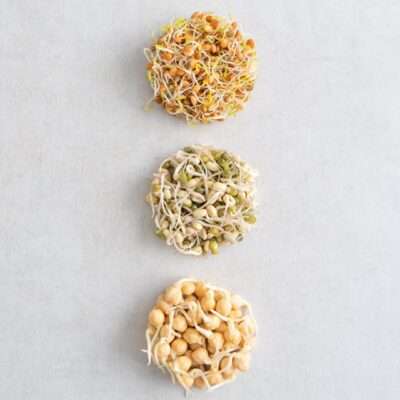
Sprouted Legumes
Ingredients
- 100 g dried legumes (see note above for which ones you can use)
Instructions
- Tip the legumes into a mason jar large enough for them to quadruple (I used a 1l Kilner jar), then add roughly 500 ml water. Cover the jar with a cheesecloth and leave the lentils to soak overnight.
- The next day, drain the legumes and return them to the jar. Cover it again with the cheesecloth and place the jar upside down in a bowl at an angle to let the moisture drain while allowing air circulation. Leave for another 12 hours.
- Tip the lentils into a sieve and rinse thoroughly. Then return them to the jar, cover again with the cloth and leave for another 12 hours. Repeat this twice a day (or every 12 hours) for 2-3 days until long sprouts have formed.
- Transfer the sprouts to a kitchen towel and dab them as dry as possible. Then use immediately or keep for up to 7 days in an airtight container in the fridge. Use in salads, stir-fries and soups or on sandwiches.
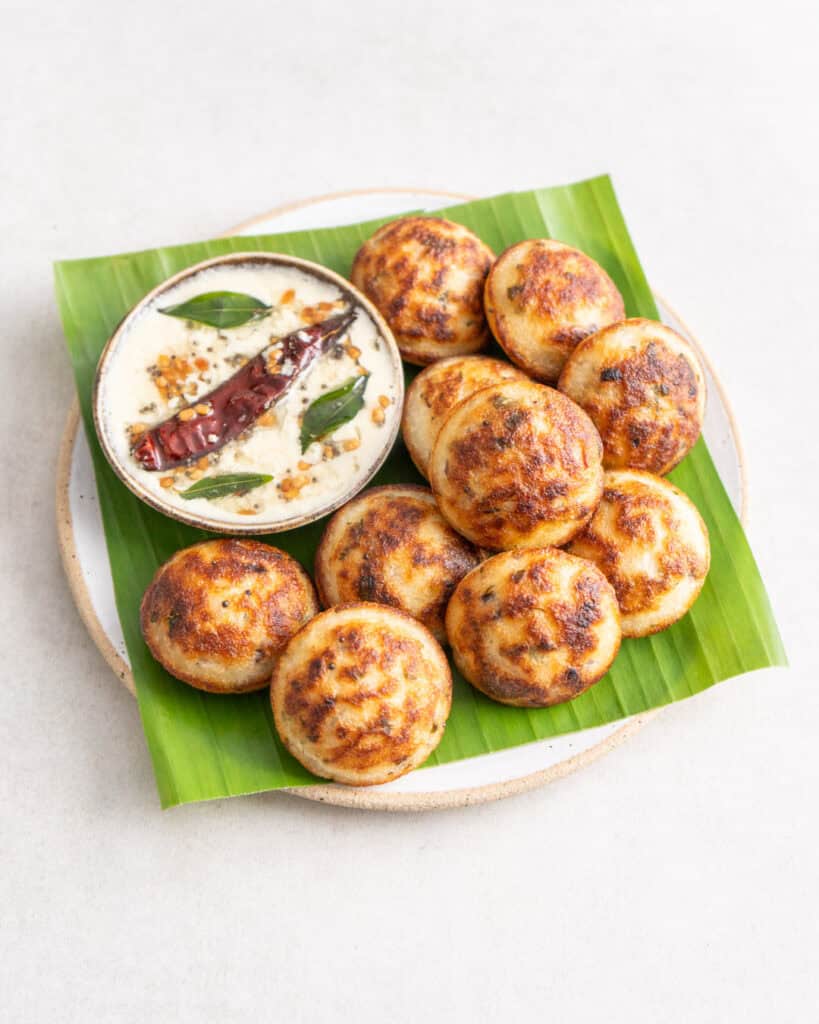


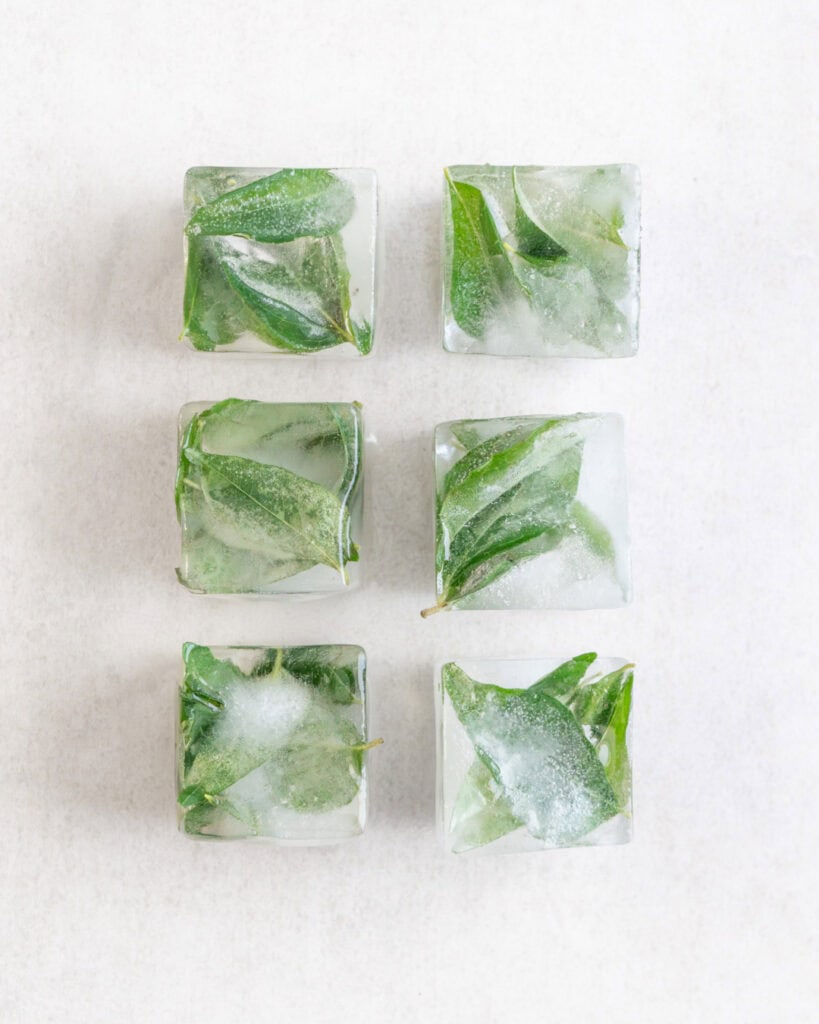
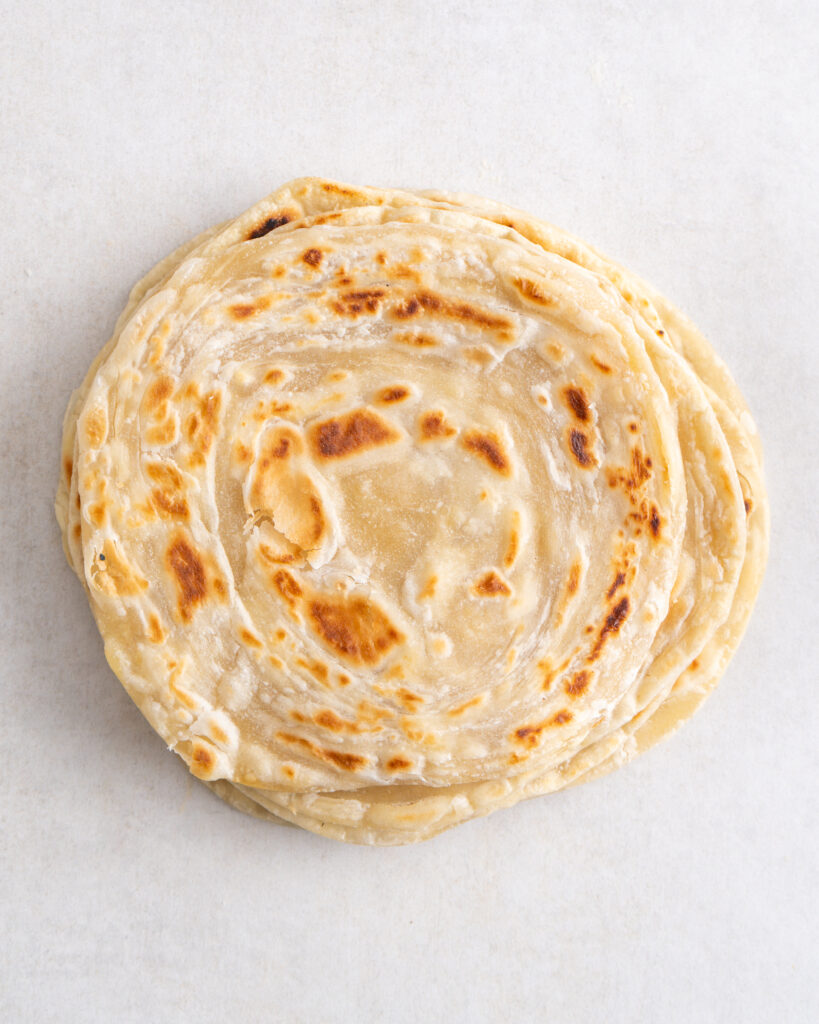
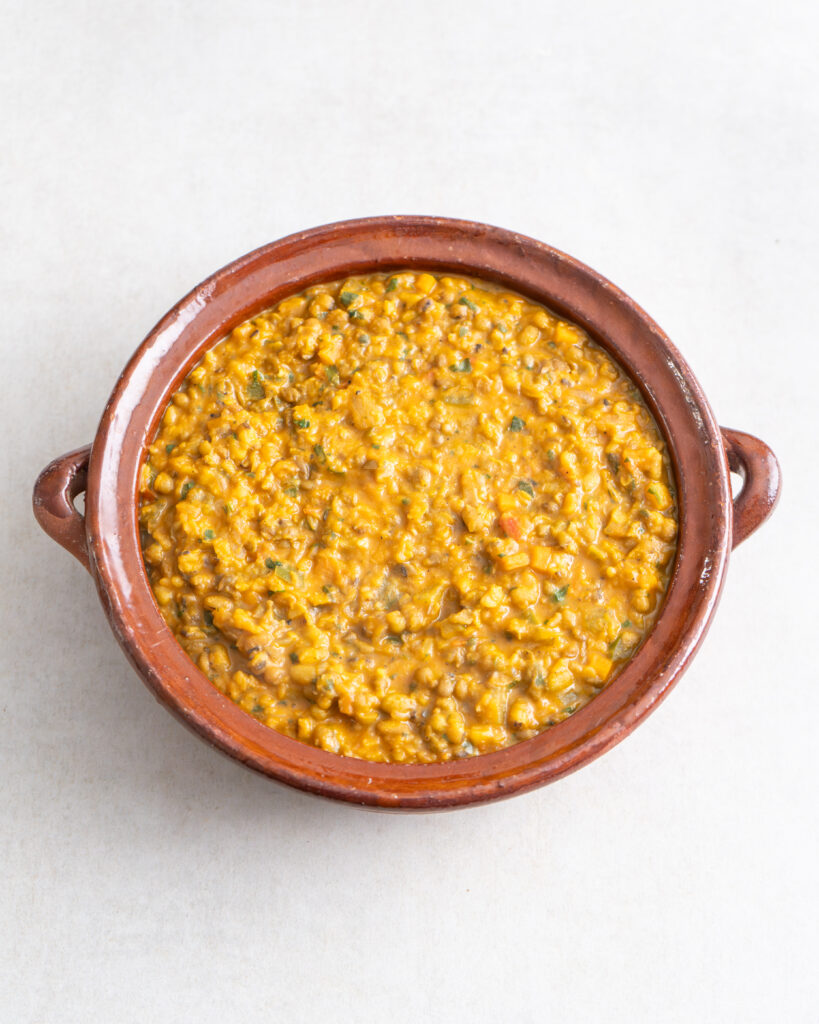
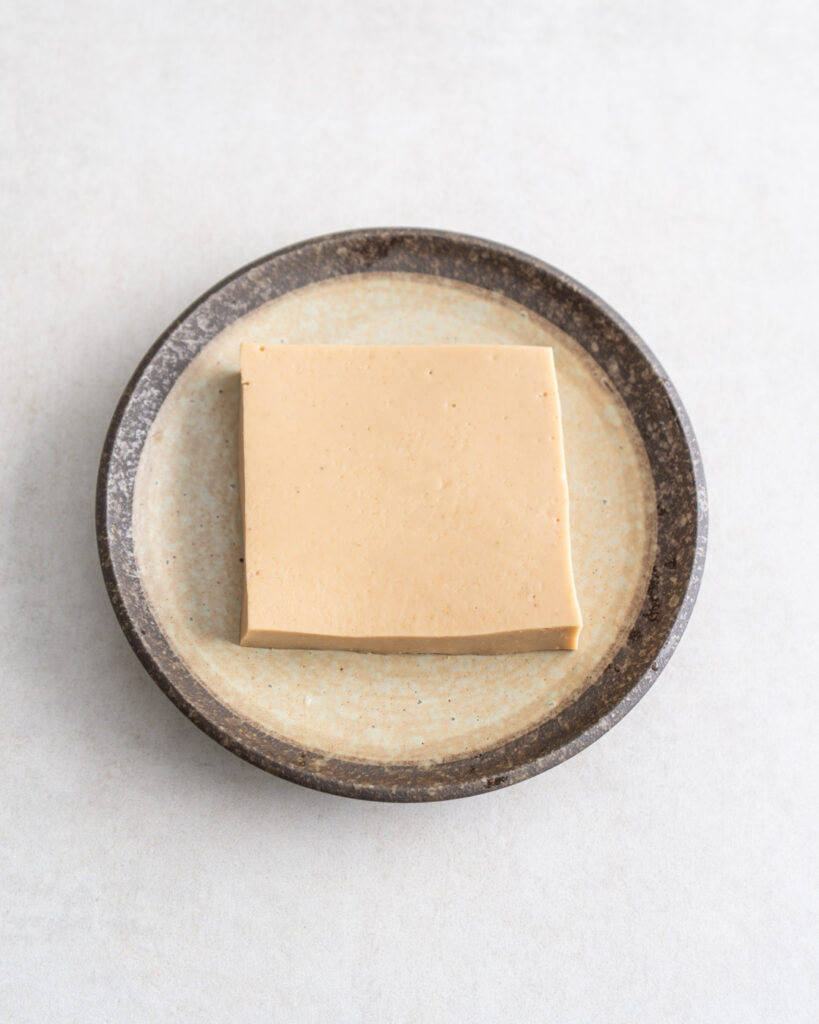
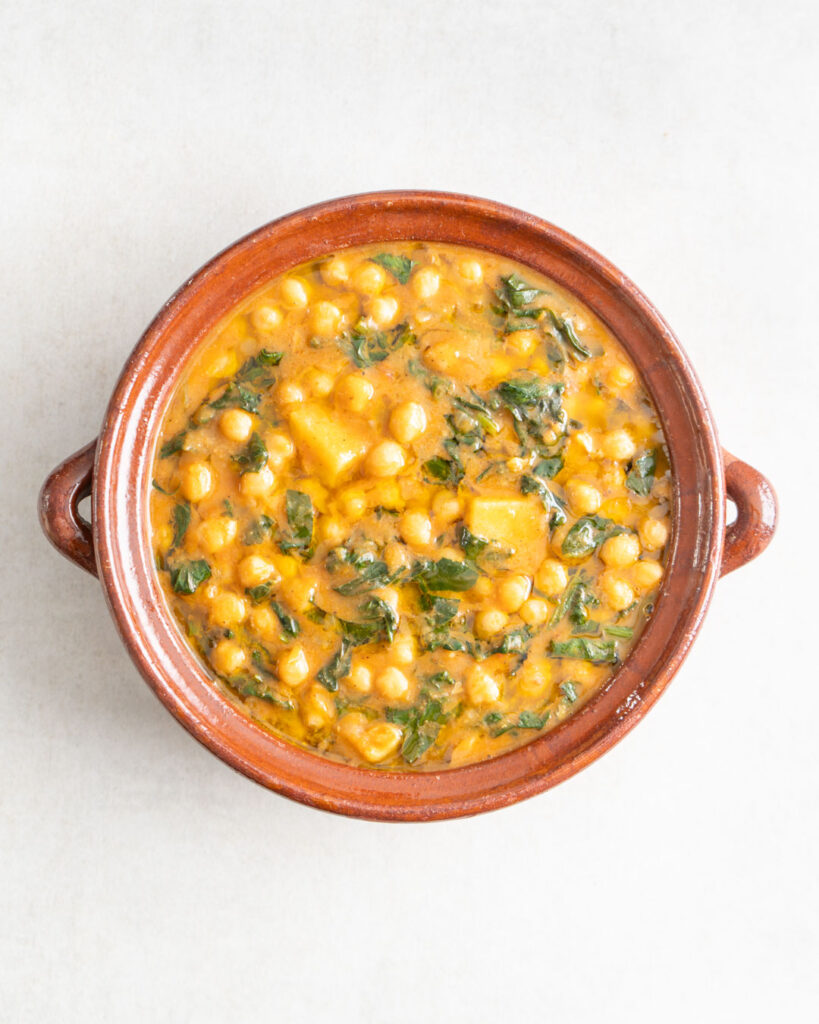
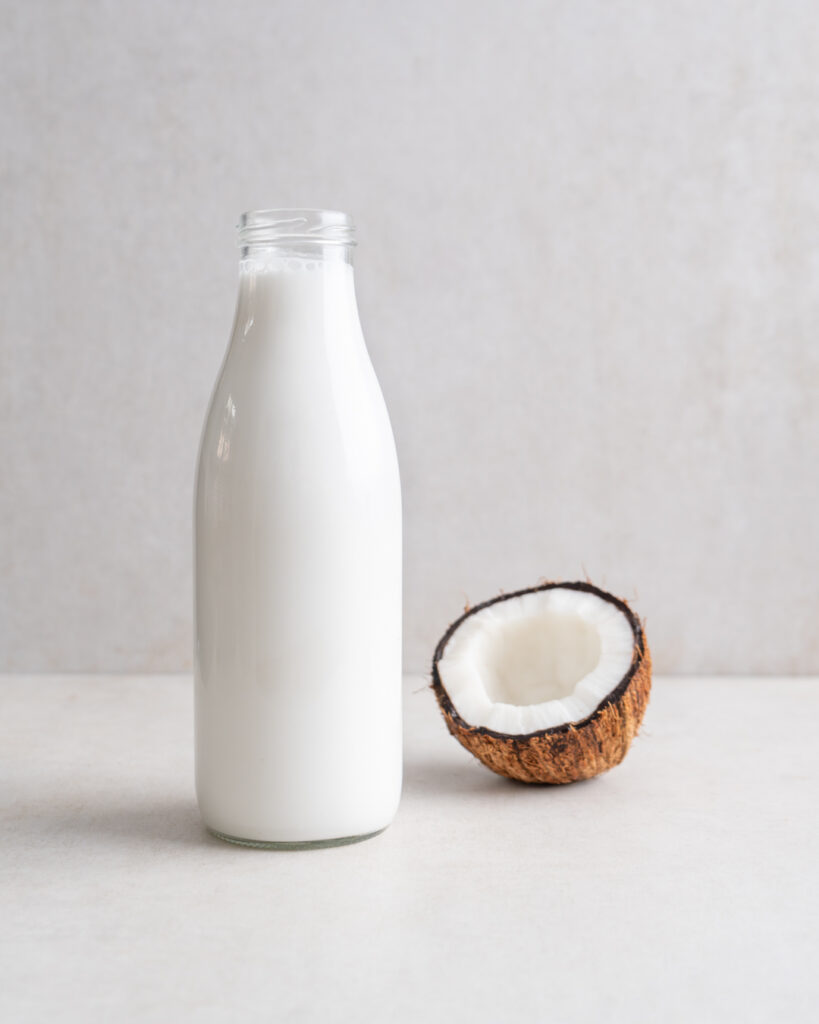
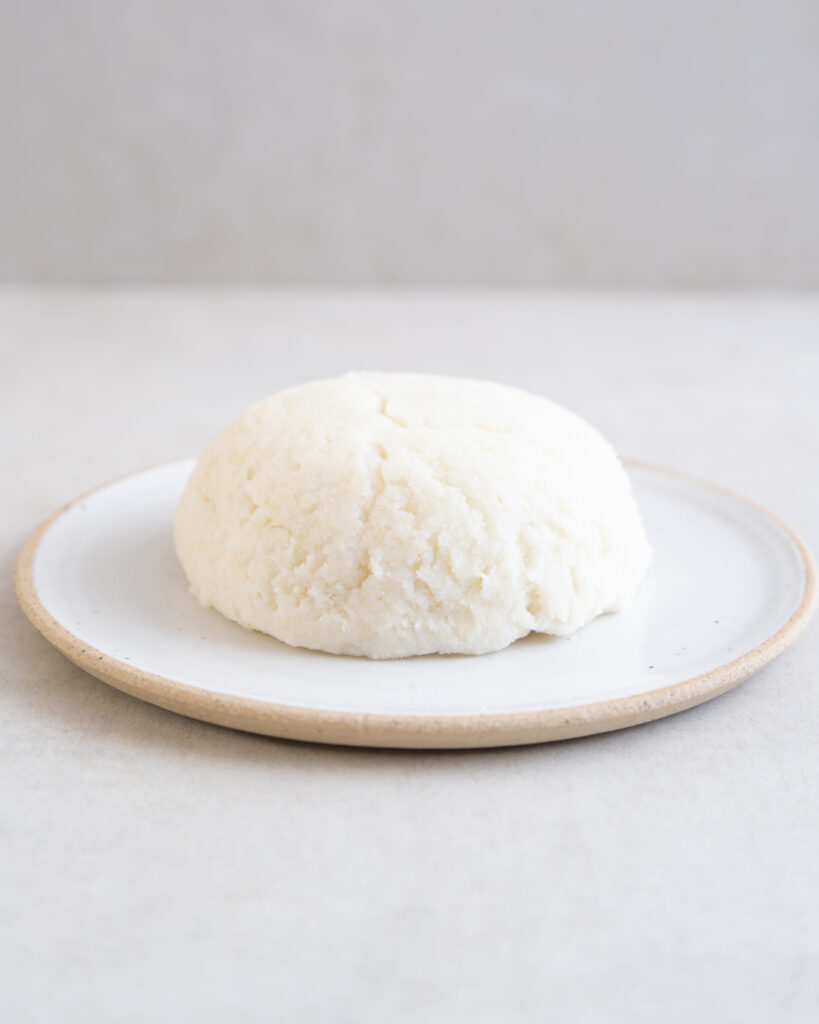
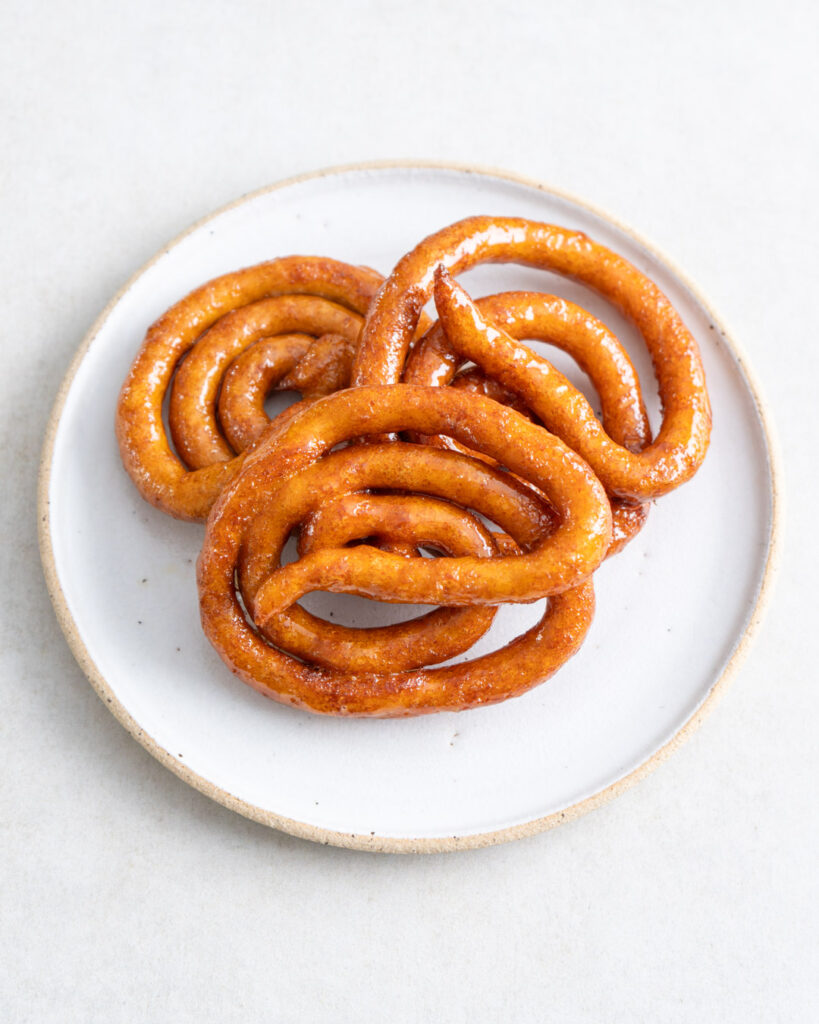
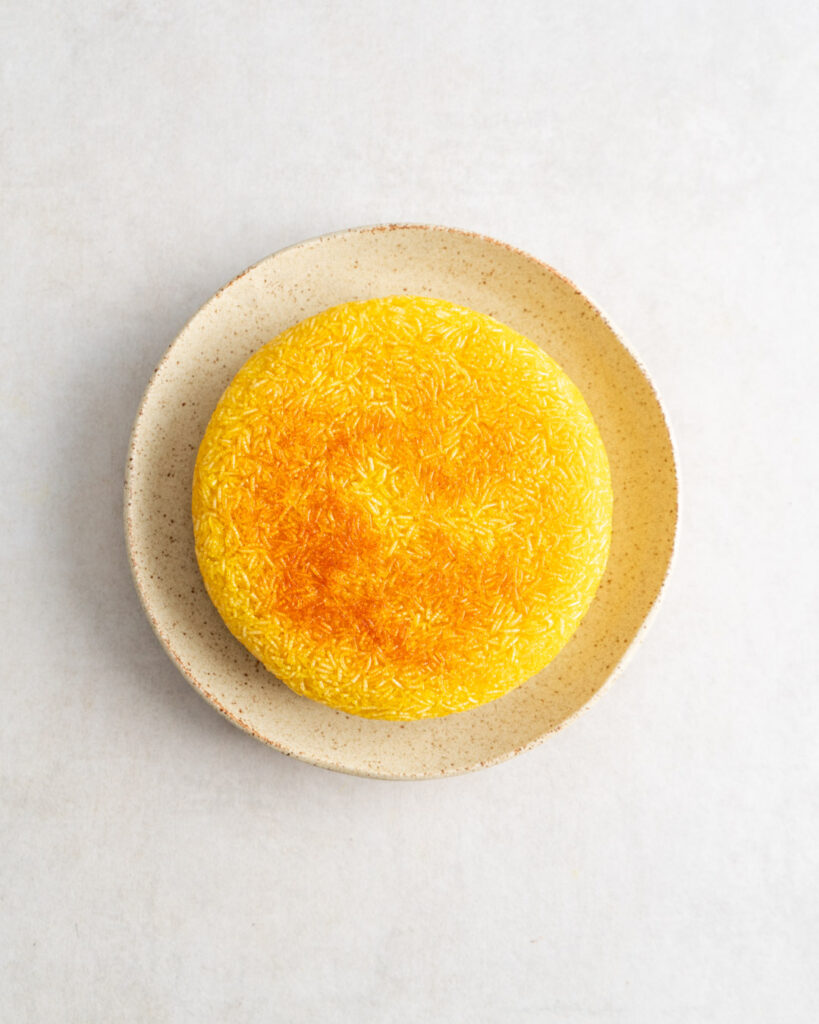
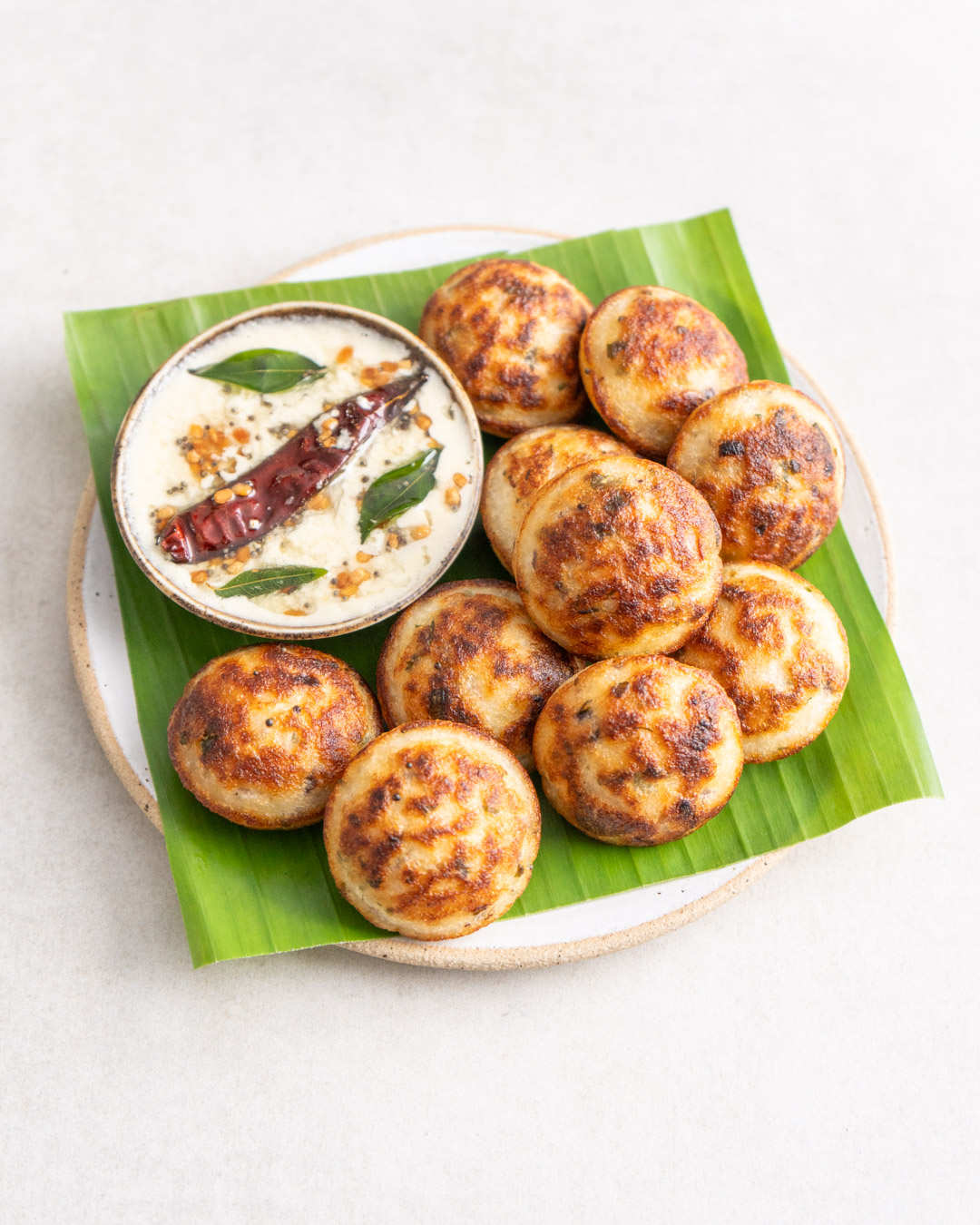


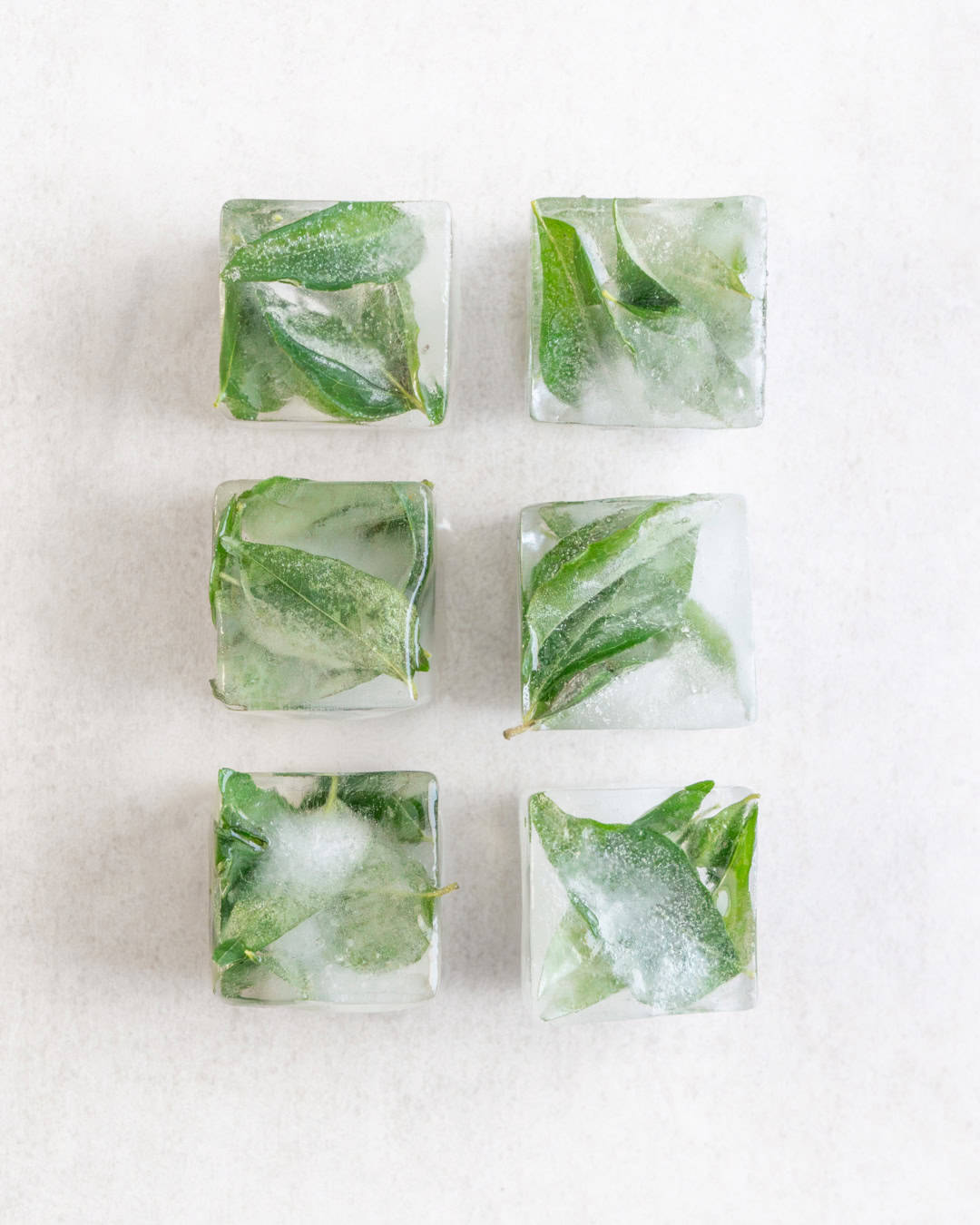
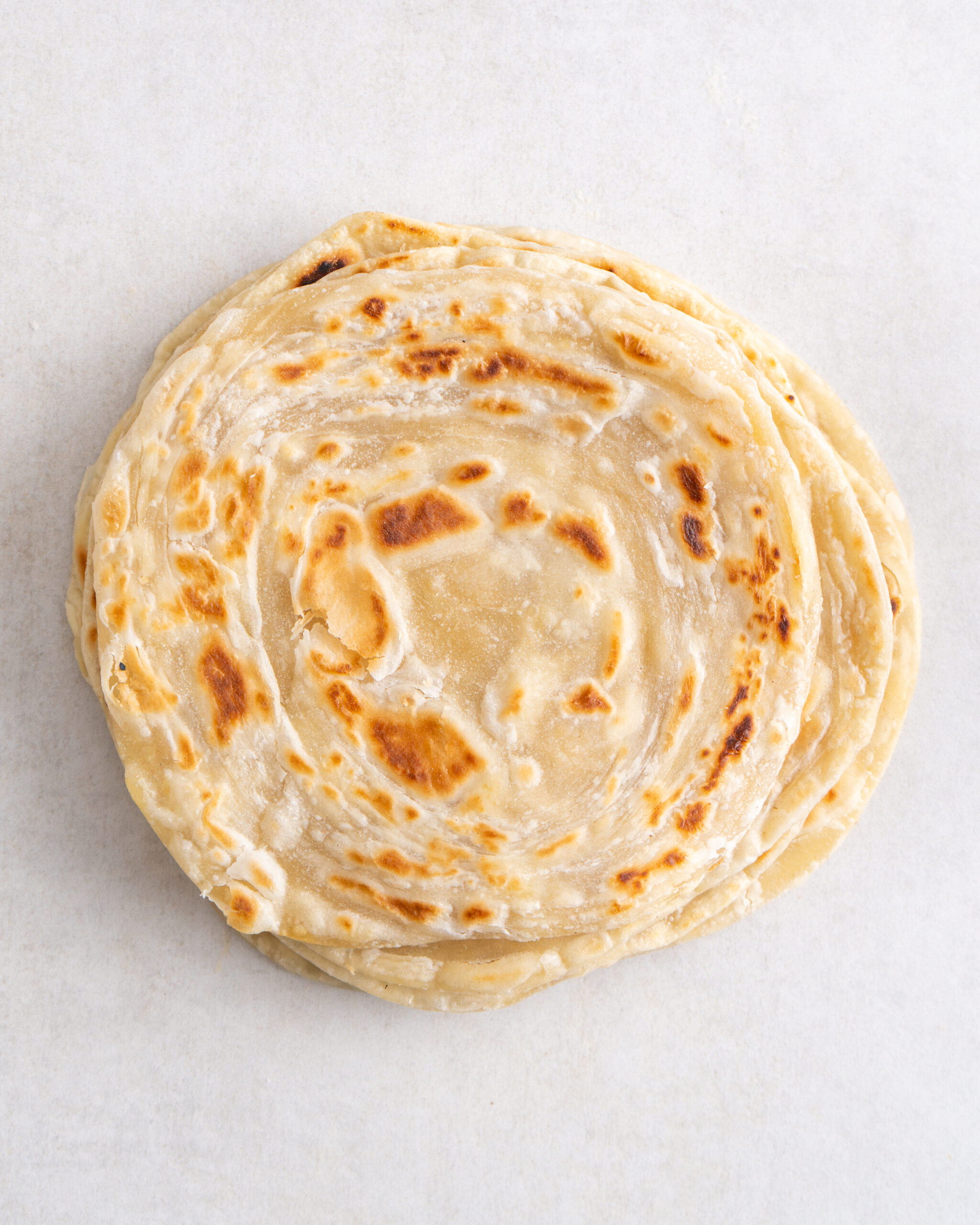
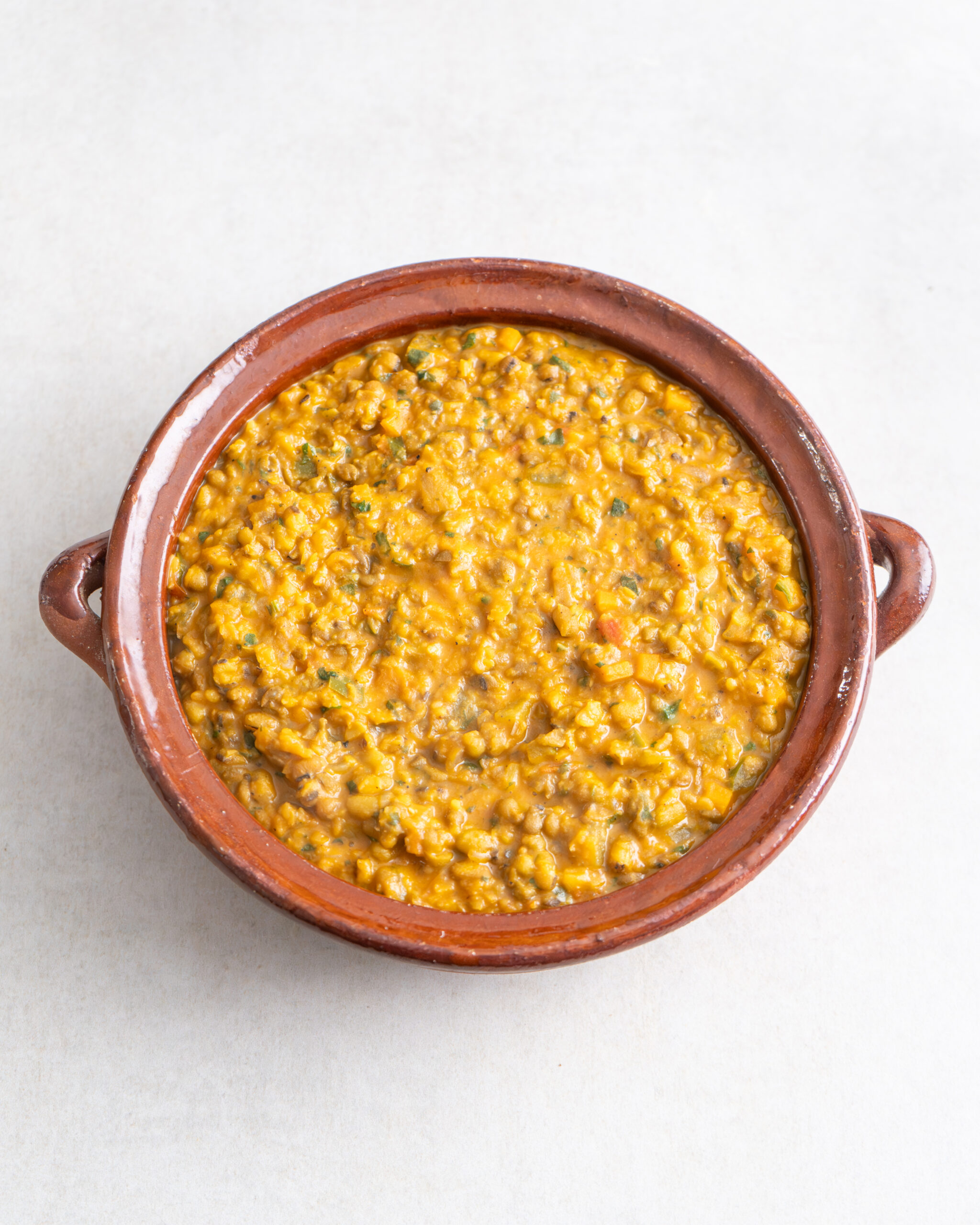
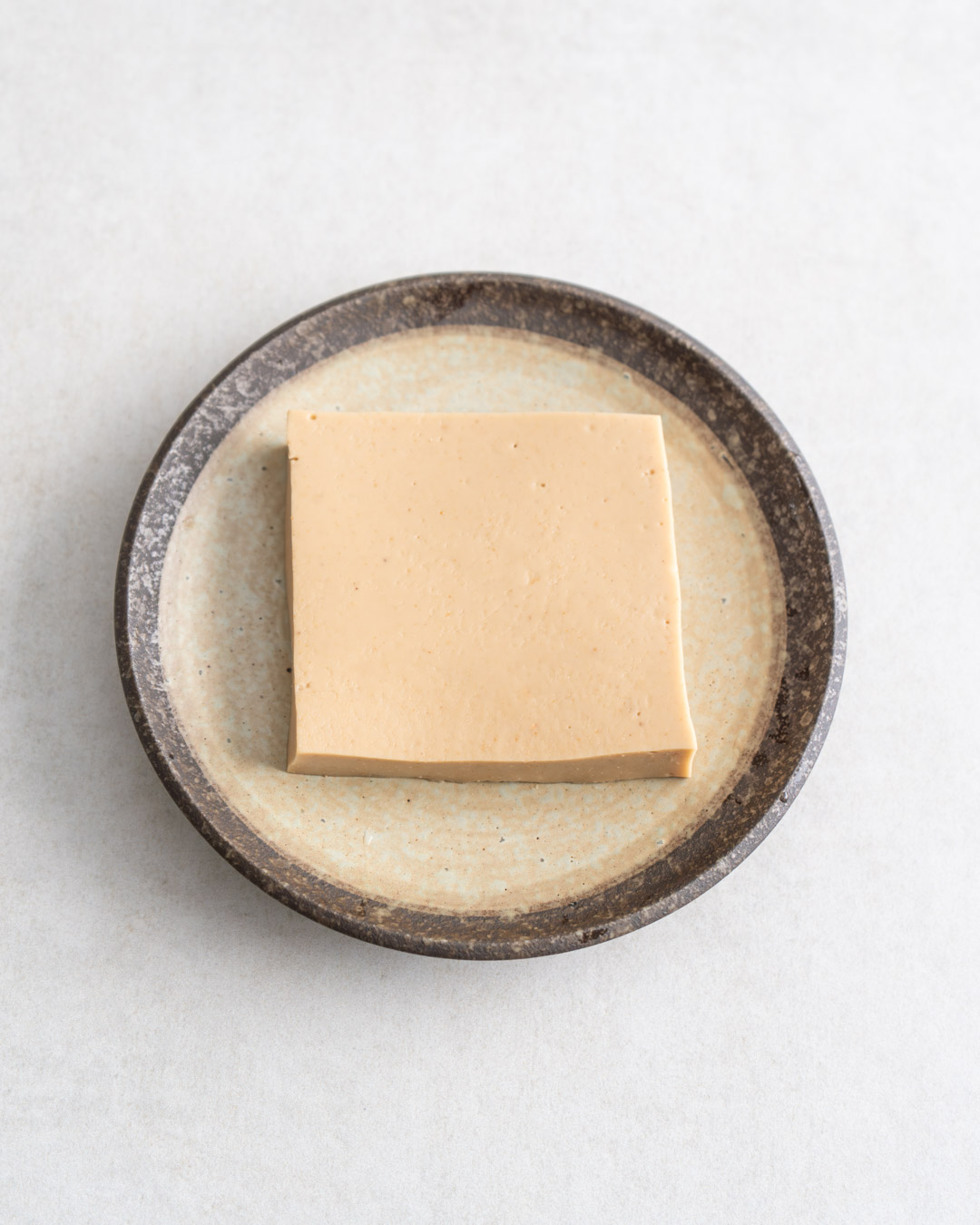
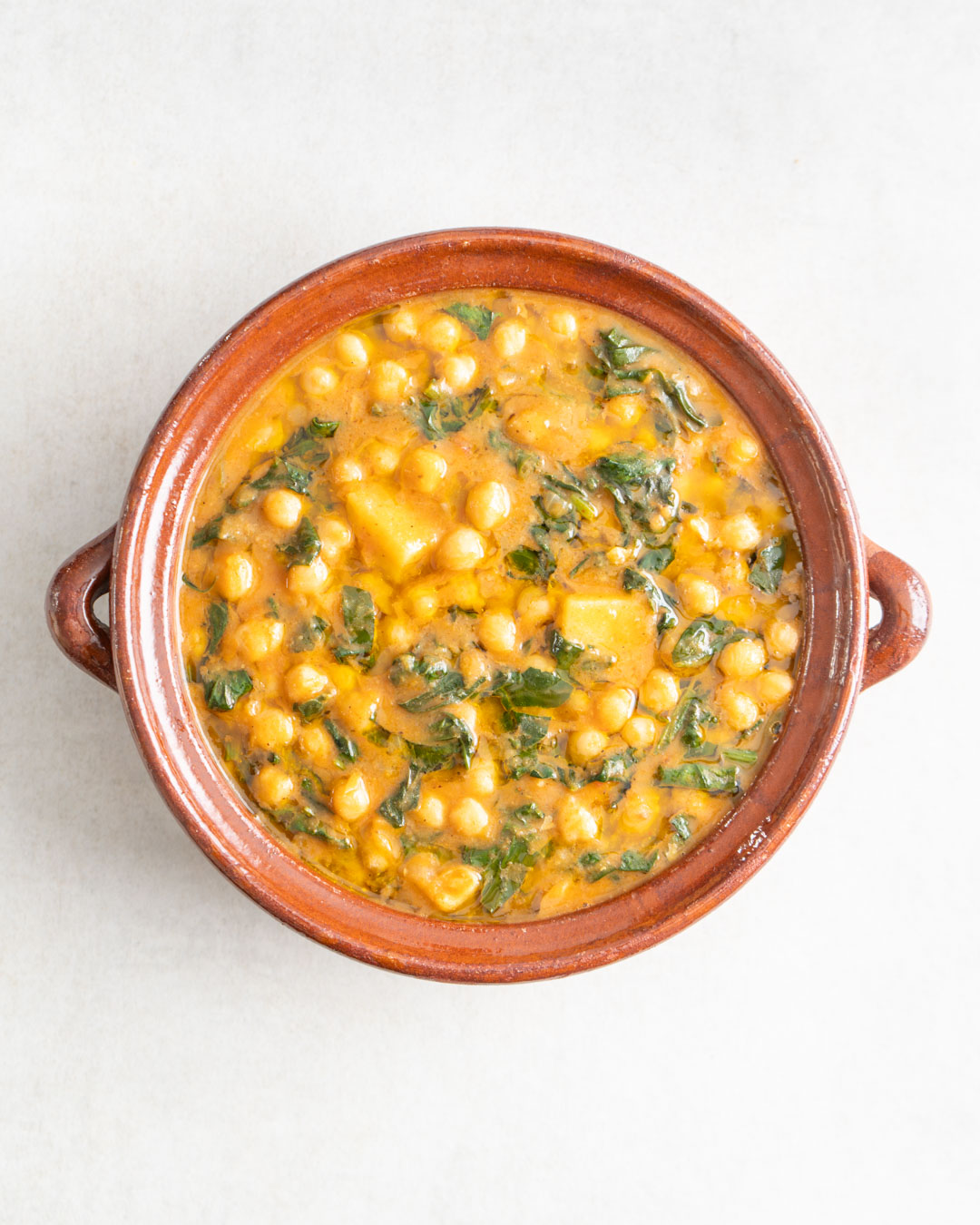
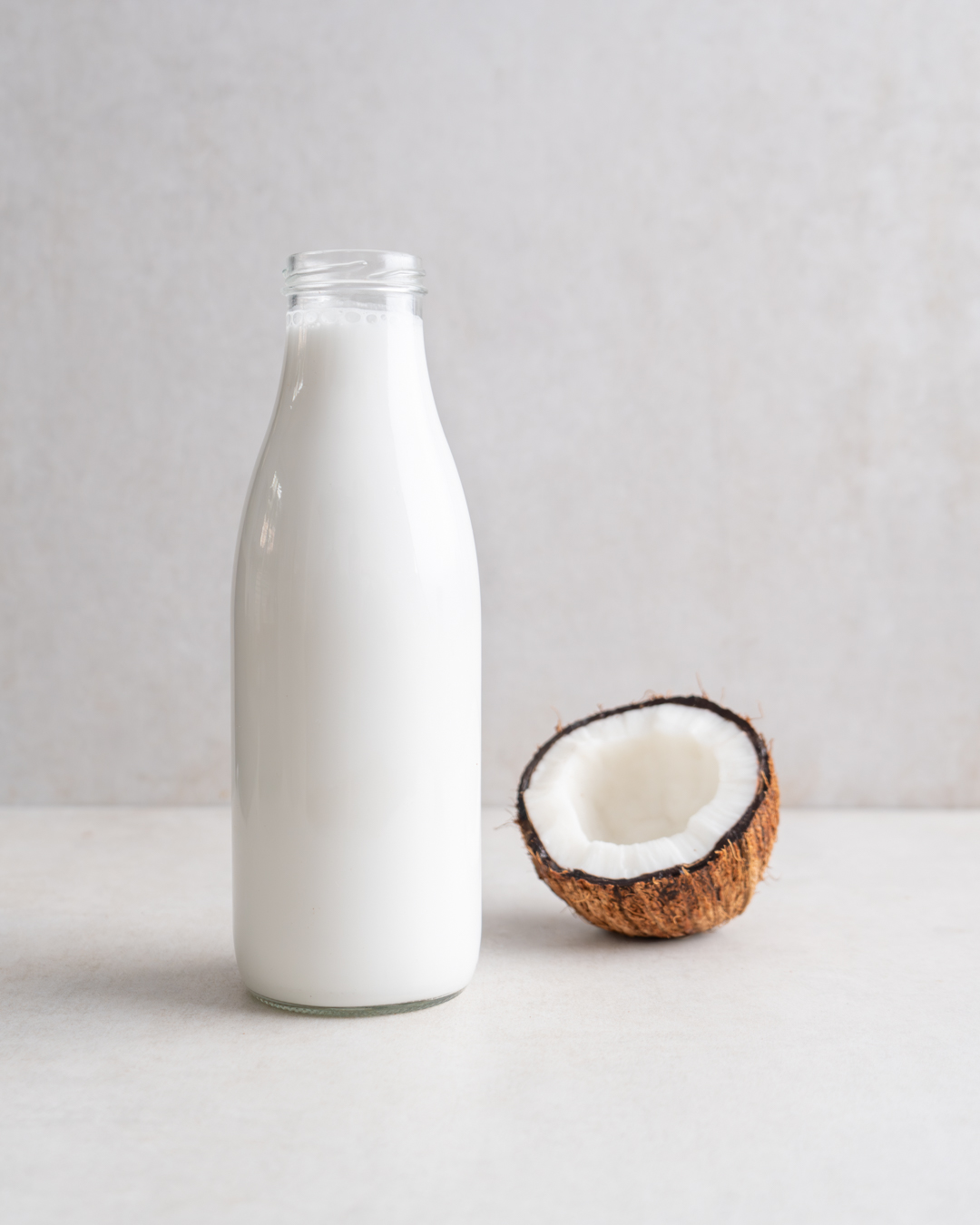
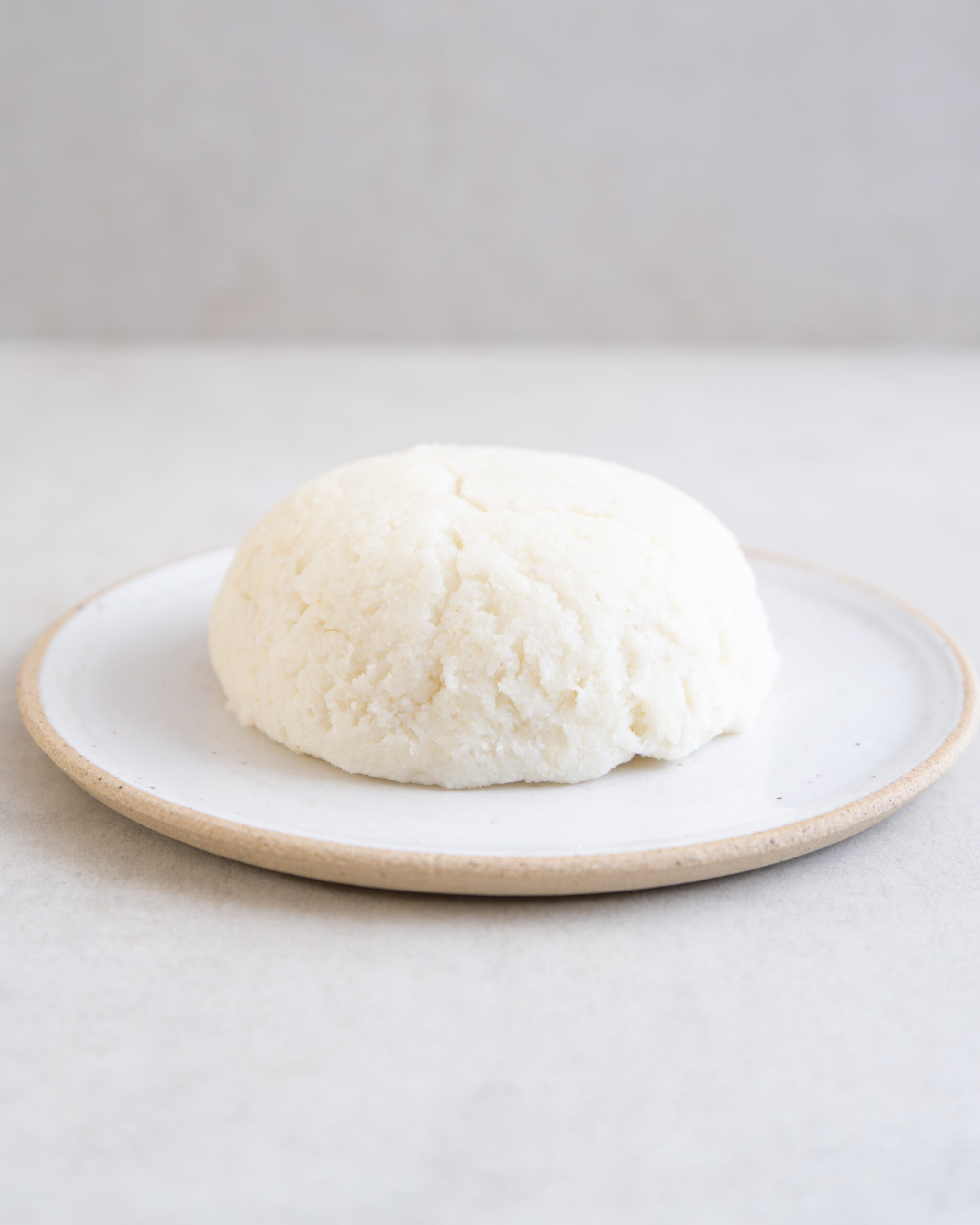
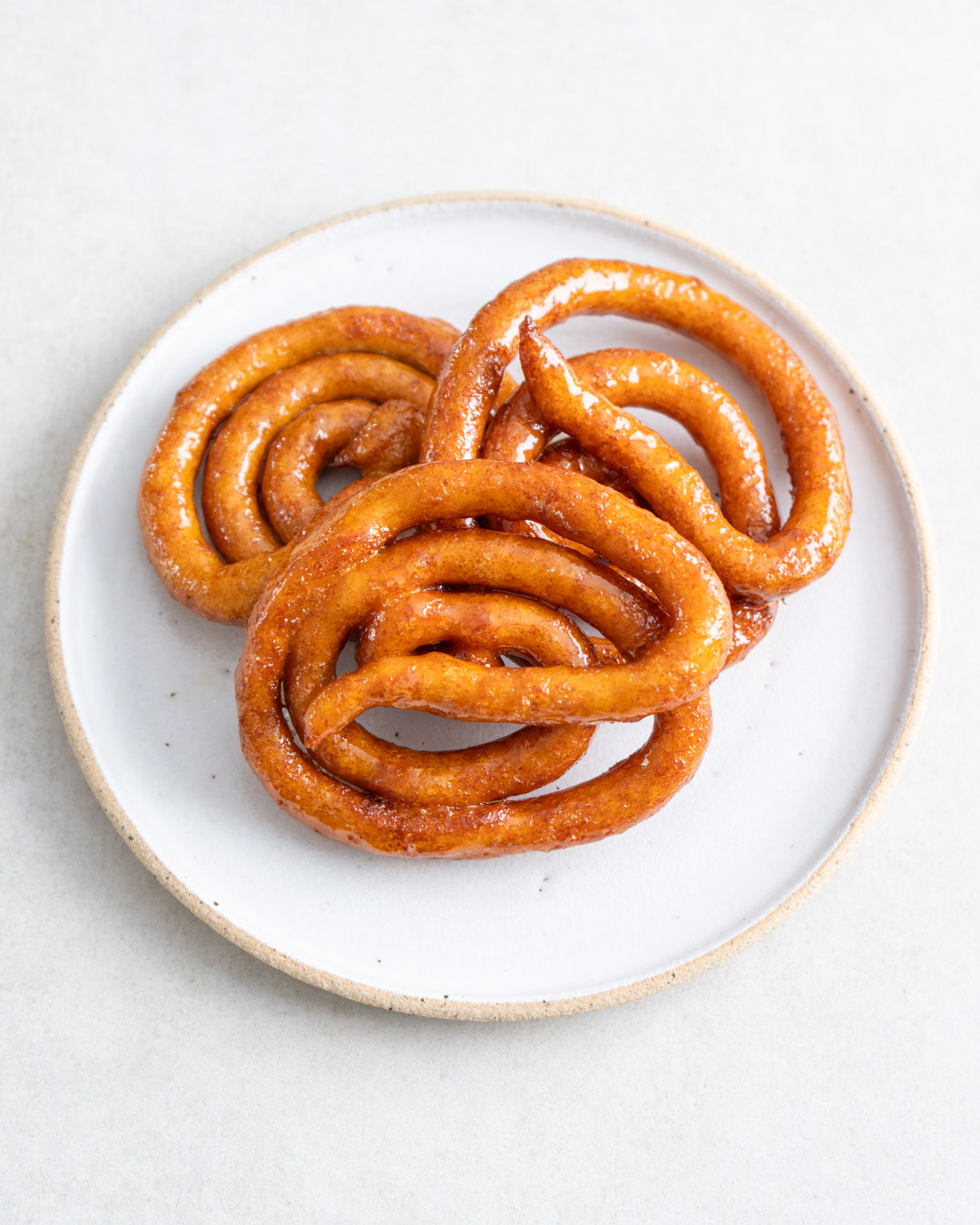
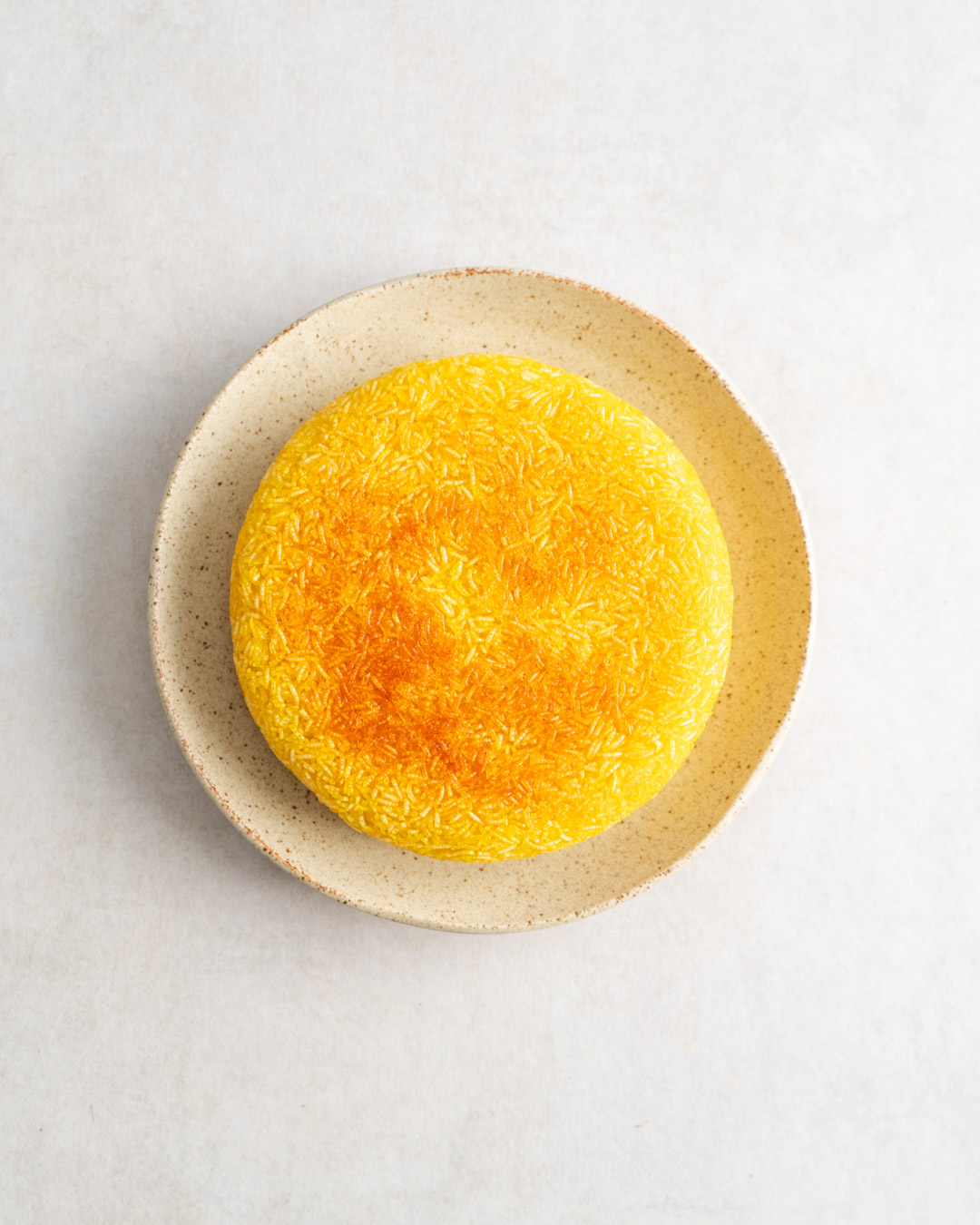
I really enjoyed.
Wonderful!